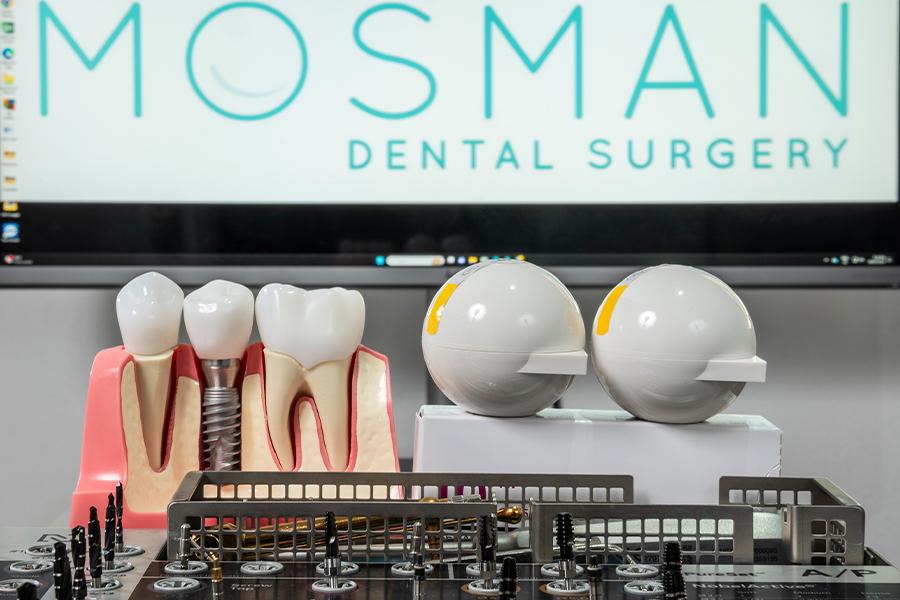Many patients have large amalgam restorations, particularly in the back of the mouth. Many have been there for many years. Amalgam was the restorative material of choice for many years because it was cheap, easy to handle and very durable. The downside of amalgam restorations is that they are metallic, so with temperature change in the mouth, they ever so slightly expand and contract. Also, they are mechanically retained as opposed to modern resin based composites which are bonded in place, meaning large undercuts had to be prepared in the tooth prior to placing. Both of these factors mean that over time the amalgam restoration places a lot of stress and strain onto the natural tooth. This is often visible as crack lines on the tooth. The tooth maybe asymptomatic and the patient completely unaware of any potential problem until disaster strikes and the tooth breaks. Sometimes this can be just a cusp or corner of the tooth breaking away which can be repaired easily or it can be a catastrophic fracture requiring extraction and replacement.

As a patient you have two choices once a tooth has been identified as cracked. One is to monitor the tooth closely, taking photographs at every appointment to check for obvious changes the other option is to take a more proactive approach and elect to restore the tooth in a ceramic material after removing both the failing amalgam and the cracks. This approach all but guarantees that the tooth is protected and therefore very unlikely to fracture and require an extraction.
Prevention in dentistry, especially surrounding cracked teeth is really the best solution.


Recent Comments